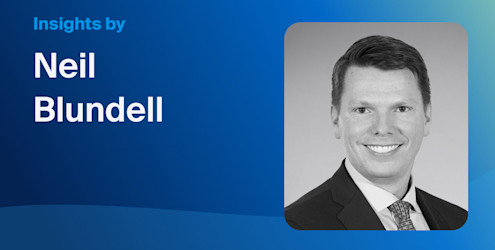About This Series
Private equity exposure varies by company size and deal type. This three-part series looks across the capital spectrum—large cap, upper middle market, and lower middle market—to discuss each segment, risks, and how managers are adapting.
What You'll Learn
Deal activity has slowed across private equity, but large-cap funds continue to drive most of the capital deployed in 2025.
Market conditions are reshaping take-privates, carveouts, and pacing.
Operational improvement and disciplined execution appear to be defining this phase of large-cap investing.
What Is Large-Cap Private Equity? Understanding the Segment and Its Role
Large-cap private equity sits at the top of the buyout spectrum. These funds typically acquire companies valued at more than $1 billion, often public-to-private transactions or corporate carveouts of established enterprises. The goal isn’t discovery but transformation: reshaping mature businesses through operational change, technology upgrades, and stronger governance.
Over the past year, those transformations are unfolding at a slower, more deliberate pace. The biggest firms are focusing on fewer, more complex deals that demand operational skill and long-term planning. After a subdued 2024, deal activity has improved but remains selective. Across fund review meetings, the conversation often centers on modernization, cost discipline, and execution, not leverage.1
For advisors, large-cap strategies can exemplify how private equity behaves in a cooler market: scale and process appeared to remain sources of strength.
A Market Defined by Selectivity
Large-cap managers are still closing complex transactions (e.g., spin-offs, cross-border combinations, take-privates, etc.) but with tighter underwriting. Second quarter activity this year cooled slightly from the first, reflecting volatile financing markets and rising public equity prices.2 Yet the very largest funds continue to account for most of the dollars moving across private markets.3
That concentration is reshaping investor behavior. Advisors who once saw large-cap funds as growth engines may now think of them as stabilizers, exposures that reflect discipline, structure, and operational control more than velocity.

Though there were fewer deals through the first half of 2025, large-cap deals accounted for the majority (Exhibit 1)
Why Large-Cap Managers Remain Active
Large-cap approaches are evolving. Cheap leverage is no longer the main lever; operational improvement now drives much of the conversation. Data shows revenue growth now contributing more than half of total value creation, with margin gains making up most of the rest.4
That shift favors managers with real operating depth, those that can improve pricing, streamline procurement, or rewire technology inside multibillion-dollar enterprises. When they succeed, the compounding effect looks less like a quick multiple jump and more like a steady climb in earnings power.
What’s Working and What’s Harder
Valuations for quality assets remain high by historical standards, and activity has become far more selective.5 Take-privates, for example, have slowed sharply: Q2 2025 value fell 50% year-over-year, even as deal count edged higher.6 With public equity indices near record highs and financing costs still elevated, fewer situations are clearing the bar for acquisition.
Where activity continues, it’s focused on operationally strong companies and sectors that can support margin expansion, like business services, software, and parts of industrial technology.7 Managers are also prioritizing add-on acquisitions within existing portfolios, using bolt-ons to build scale and capture efficiencies while new platform deals remain limited.8
Large-cap managers are spending more time inside existing portfolios, refining operations and waiting for better entry points rather than rushing to transact. For advisors, these dynamics may highlight how market pacing and liquidity trends have shifted.
Risks and Realities
Large-cap private equity has become a proving ground for what discipline looks like in practice. These are the funds using scale to navigate a tougher environment—fewer deals, deeper diligence, more hands-on execution. However, large-cap strategies can face risks tied to higher entry valuations, longer holder periods, and reliance on a smaller number of sizable investments. With that said, these strategies have the potential for exposure with transparency and governance that smaller strategies may struggle to match.
As the market recalibrates, other parts of the capital spectrum are finding different ways to stay active, a theme we’ll explore in the next parts of this series on -middle-market segments.




